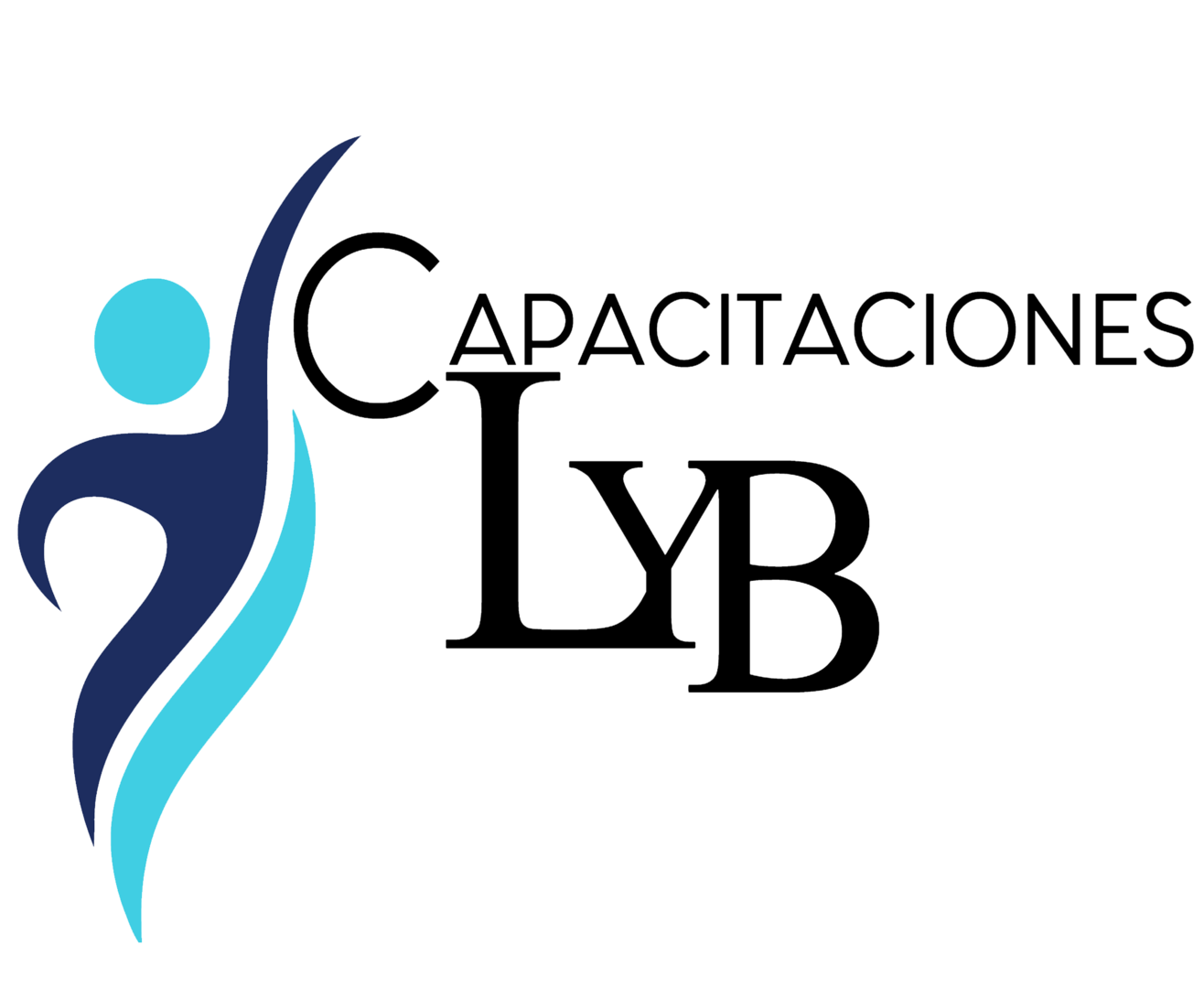Borrowing from the bank risk stemming from banks’ CRE exposures is actually mitigated by strong collateralisation. The newest display regarding CRE financing having highest mortgage-to-value (LTV) rates (more than 80%) are seemingly reduced to the aggregate, at around 20% after 2022 (Graph step 3.twelve, panel b). Although not, these ordinary aggregate data mask extreme get across-country heterogeneity when it comes to both asset quality and collateralisation. Almost half of the euro urban area places watched Stage dos rates raise, when you find yourself NPL ratios as well as rose quite in a few places. Certain nations enjoys a percentage off highest-LTV funds more than 31%, getting together with around 53% in a single circumstances. Total, banks’ CRE loans will still be prone to broadening loan losses if the boost in refinancing costs and weaker interest in commercial assets head to help expand assets price adjustments (Section 1). This might be especially the circumstances for these banks with more substantial express off large-LTV fund otherwise having a top display out-of credit exposures relevant to low-primary attributes.
Chart step 3.a dozen

The grade of CRE financing stays prone to after that possessions rate modifications, although this risk is mitigated of the seemingly lowest express off high-LTV loans
Sources: ECB and you can ECB computations.Notes: Panel good: Stage dos rates derive from studies getting 95 IFRS-revealing significant institutions. Panel b: centered on current LTV percentages.
In the house phase, the most situation signs of credit high quality damage regarding the next 1 / 2 of 2022 was in fact found in user and other (non-mortgage) funds. Consumer finance make up only six% from significant institutions’ total finance for the aggregate, however they are generally speaking more susceptible to help you economic downturns, partially for their lower collateralisation. Certain signs and symptoms of worsening credit top quality you will already be seen while in the 2022. Adopting the a progressive increase in the original 75% of one’s 12 months, the new display from Stage dos consumer financing rose a great deal more sharply for the this new last one-fourth in the midst of worsening economic conditions and you may high inflation. Phase 2 percentages to many other (non-mortgage) domestic money plus increased significantly throughout 2022, whereas the rise during the Stage dos percentages having mortgage loans was alot more contains (Graph 3.13, panel a). Meanwhile, banks’ provisioning did not carry on toward escalation in underperforming funds, since NPL provision exposure ratio as well as went on title loan New Jersey the downwards development (Graph 3.13, committee b). Banks’ consumer credit exposures are still prone to the fresh bad impacts out-of however increased rising prices and ascending rates toward households’ payment skill, in particular when you look at the lower income quintiles.
Chart step 3.thirteen
The rise regarding share away from underperforming money within the 2022 is most obvious to possess individual and other (non-mortgage) home financing, while you are both NPL and you can Phase 2 publicity rates having user financing provides continued in order to refuse
The aim of Worldwide Economic Reporting Fundamental nine (IFRS 9) is always to increase the identification out-of banks’ borrowing from the bank losses, but its implementation provides caused discussions regarding potential ill effects. IFRS nine is then followed from inside the 2018 introducing an even more submit-appearing estimate out-of credit losses and you will financing-staging strategy more accurately grabs the degree of chance. The overall goal was to boost visibility also to handle the newest a lack of, too late problem of earlier in the day accounting beliefs that were criticised after the around the world overall economy. Yet not, there have been issues that an unnecessary translation of your strategy may suggest tall increases within the provisioning in the onset of good amaze (cliff effects), where in fact the relevant erosion regarding funding will get fast banks to reduce lending at worst time for the benefit (procyclicality). Indeed there have also been fears that quicker really-capitalised banking institutions you certainly will exploit the new discretion associated with reliance on interior provisioning models so you can supply quicker and give a wide berth to then decrease inside resource, which would argument with the aim away from visibility.



